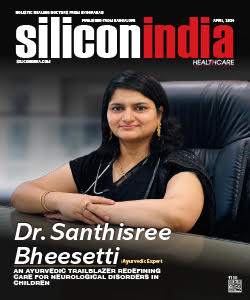India Witnesses Biggest Demographic Change, Contributed By Declining Fertility Rates
![]() Bangalore: India which is the second most populous country in the world, with over 1.21 billion people (2011 census), is at present witnessing some new developments. According to the latest 'Single Year Age Data' released by the Census of India, the percentage of working age group that comprises 15-64 year olds has increased from 59.61 percent in 2001 to 63 percent in 2011 while the population of the lower age groups (0-14) had declined considerably from 35.35 percent to 31 percent, reports Ravish Tiwari and Ruhi Tewari for Indian Express.
Bangalore: India which is the second most populous country in the world, with over 1.21 billion people (2011 census), is at present witnessing some new developments. According to the latest 'Single Year Age Data' released by the Census of India, the percentage of working age group that comprises 15-64 year olds has increased from 59.61 percent in 2001 to 63 percent in 2011 while the population of the lower age groups (0-14) had declined considerably from 35.35 percent to 31 percent, reports Ravish Tiwari and Ruhi Tewari for Indian Express.
Those born before 1996 have contributed to the percentage of working age group, but the proportion of children born after 1997 in the country’s total population have declined heavily. But, all the other age groups have seen an increase in their share in the population of the country.
Laishram Ladu Singh, Population expert and Head of the Department of Mathematical Demography & Statistics at Mumbai's International Institute for Population Sciences said, "The fertility rate has declined and hence the children's population has declined, thus reducing that age group's share in the total population. At the same time, since earlier fertility rates were higher, the greater number of children born in earlier decades have now accumulated and entered the youth bracket, thus leading to a youth bulge," reports Indian Express.
Also Read: India Home to Youngest Population
Also Read: Indians Choose Mumbai As World's Best City After Singapore



